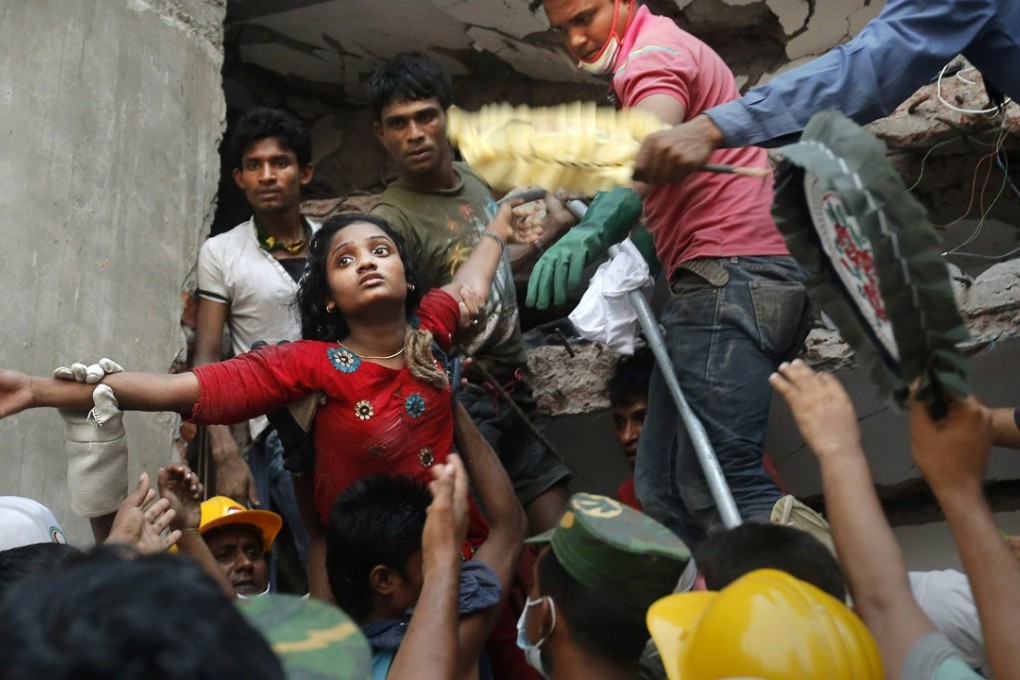Five years since the nightmare of Rana Plaza, what changed for Bangladesh garment workers?
Large factories linked to foreign enterprises boosted safety standards in wake of tragedy that claimed 1,134 lives, but other facilities remain at risk, according to study

Five years after more than a thousand people were killed when a poorly-built Bangladesh clothing factory collapsed on top of its workforce, a study has found nearly half the country’s factories still pose life-threatening risks.
Researchers found that while the Rana Plaza disaster in April 2013 prompted a range of improvements within the textile industry, there is still cause for grave concern.
The Rana Plaza building had been expanded illegally, with additional floors stacked one on top of another. An engineer had declared it unsafe, and the thousands of people who worked inside, stitching garments for clothing brands from around the world, knew it was trouble.
“That factory was very risky,” said Khadiza Begum, who was working at Rana Plaza the day the complex collapsed, five years ago Tuesday. “It had weak pillars, it had narrow stairwells, it had no fire exits.”
“We saw cracks in the building before it collapsed on us,” she said.
The tragedy killed 1,134 people, many of them young women supporting extended families, and injured more than 2,500. It focused international attention on Bangladesh’s role as the world’s second-largest garment producer, and led the government and manufacturing associations to promise big improvements.
